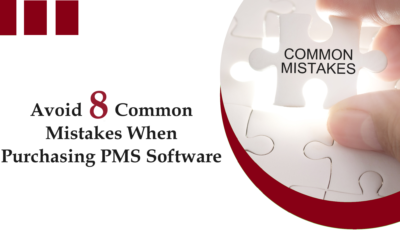
In the ever-evolving landscape of business operations, Enterprise Resource Planning (ERP) systems have become the backbone for organizations seeking efficiency, integration, and streamlined processes. However, the successful implementation of an ERP system is not a one-size-fits-all endeavor; it requires a structured approach.
In this blog post, we will delve into the five crucial phases of a successful ERP implementation, guiding businesses on their journey to harness the full potential of these powerful systems.
What is ERP Implementation?
ERP implementation refers to the strategic process of adopting and integrating an Enterprise Resource Planning system into an organization’s existing infrastructure. ERP systems are comprehensive software solutions that facilitate the seamless integration of various business functions, including finance, human resources, supply chain, manufacturing, and customer relationship management.
The primary goal of ERP implementation is to replace disparate, siloed systems with a unified platform that provides a centralized database and real-time visibility into key business processes. This integration enables organizations to make informed decisions, improve operational efficiency, and respond more effectively to market demands.
The 5 Key ERP Implementation Phases
The ERP implementation process is generally structured into distinct phases, each with its unique set of activities and deliverables. These phases are strategically crafted to guide the organization through the planning, design, and implementation of ERP software, ensuring it aligns effectively with the organization’s specific needs and requirements.
Phase 1: Planning and Preparation
The foundation of any successful ERP implementation lies in meticulous planning and thorough preparation. This phase involves defining the scope of the project, setting clear objectives, and assembling a dedicated project team. Key tasks include conducting a comprehensive needs assessment, establishing a realistic budget, and creating a timeline that considers potential challenges and milestones. Engaging stakeholders at this stage is crucial to ensure alignment with organizational goals and to foster a sense of ownership among the team.
Phase 2: System Design and Customization
Once the groundwork is laid, the focus shifts to designing and customizing the ERP system to meet the specific needs of the organization. This involves mapping existing processes, identifying areas for improvement, and configuring the ERP software accordingly. Collaboration between the project team and ERP vendors is paramount during this phase to ensure a seamless integration of the system with existing infrastructure. Customization should be approached judiciously, balancing the need for tailored solutions with the desire to minimize complexity and future upgrade challenges.
Phase 3: Data Migration and Validation
Data is the lifeblood of any organization, and migrating it to the new ERP system is a critical step. During this phase, data is extracted from legacy systems, cleansed, and validated before being transferred to the new ERP platform. Rigorous testing is essential to identify and rectify any discrepancies, ensuring data integrity and accuracy. A well-defined data migration strategy, coupled with a contingency plan for potential issues, is instrumental in mitigating risks and ensuring a smooth transition.
Phase 4: Training and Change Management
With the ERP system in place, it’s time to prepare the workforce for the changes ahead. Training programs should be tailored to different user groups, covering both the technical aspects of using the ERP software and the broader organizational changes associated with the implementation. Change management strategies play a pivotal role in addressing resistance and fostering a positive attitude towards the new system. Communication is key, and organizations should keep employees informed, engaged, and empowered throughout this phase.
Phase 5: Go-Live and Continuous Improvement
The moment of truth arrives with the system going live. Despite thorough planning and testing, unexpected challenges may arise. A well-defined contingency plan, coupled with a responsive support team, is essential to address any issues promptly. Post-implementation, the focus shifts to continuous improvement. Regular monitoring, feedback collection, and performance analysis help identify areas for refinement. Organizations should embrace an agile mindset, leveraging data and user feedback to optimize processes, enhance user experience, and stay abreast of evolving business needs.
Conclusion:
Embarking on an ERP implementation journey is a significant undertaking, but by navigating through these five phases – Planning and Preparation, System Design and Customization, Data Migration and Validation, Training and Change Management, and Go-Live and Continuous Improvement – organizations can position themselves for success.
A well-executed ERP implementation not only enhances operational efficiency but also equips businesses to adapt and thrive in today’s dynamic business environment. As technology continues to evolve, the ability to harness the power of ERP systems will undoubtedly be a defining factor in an organization’s competitiveness and sustainability.





0 Comments